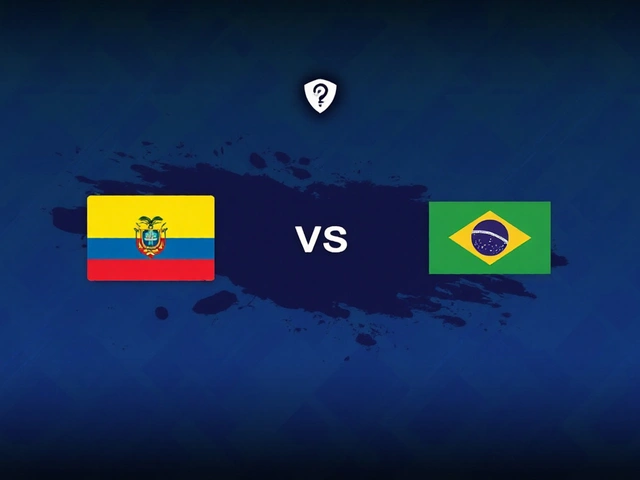Understanding Sentencing: How Courts Decide Punishments
Ever wonder how judges decide the punishment after someone is found guilty? Sentencing is that critical phase in the justice system where the court determines the consequences. It’s not just about handing down a penalty; it’s about fitting the punishment to the crime and the offender’s circumstances.
So, how does sentencing work? First off, it depends on the type of offense—whether it’s a minor slip-up or a serious crime. Judges rely on laws that set guidelines or ranges for sentences but also consider things like the offender’s past and the impact on victims. The goal is balancing fairness with public safety.
Factors Influencing Sentencing Decisions
Several things sway sentencing. For example, if it’s a first-time offense, courts may go easy, offering alternatives like community service. But repeat offenses likely bring harsher penalties. Judges also look at whether the person shows remorse, cooperates with authorities, or if there are mitigating circumstances like mental health issues.
Victim impact statements can play a big role too. When victims share how a crime affected them, it helps judges understand the broader consequences and decide on an appropriate sentence. And let’s not forget mandatory minimums—sometimes laws require a judge to impose at least a certain penalty, which limits flexibility.
Common Types of Sentences
Sentences come in various forms beyond just jail time. There’s probation, fines, community service, or sometimes a mix. Each reflects a different approach to punishment and rehabilitation. The idea is not just to punish but to prevent future crimes and help offenders rejoin society safely.
Understanding sentencing helps you see how the justice system aims to be just and effective. From the law’s basics to how personal factors shape decisions, sentencing tells a lot about balancing rules with real-world situations. Keep this in mind as you follow court cases or hear about legal outcomes—they’re never one-size-fits-all.





